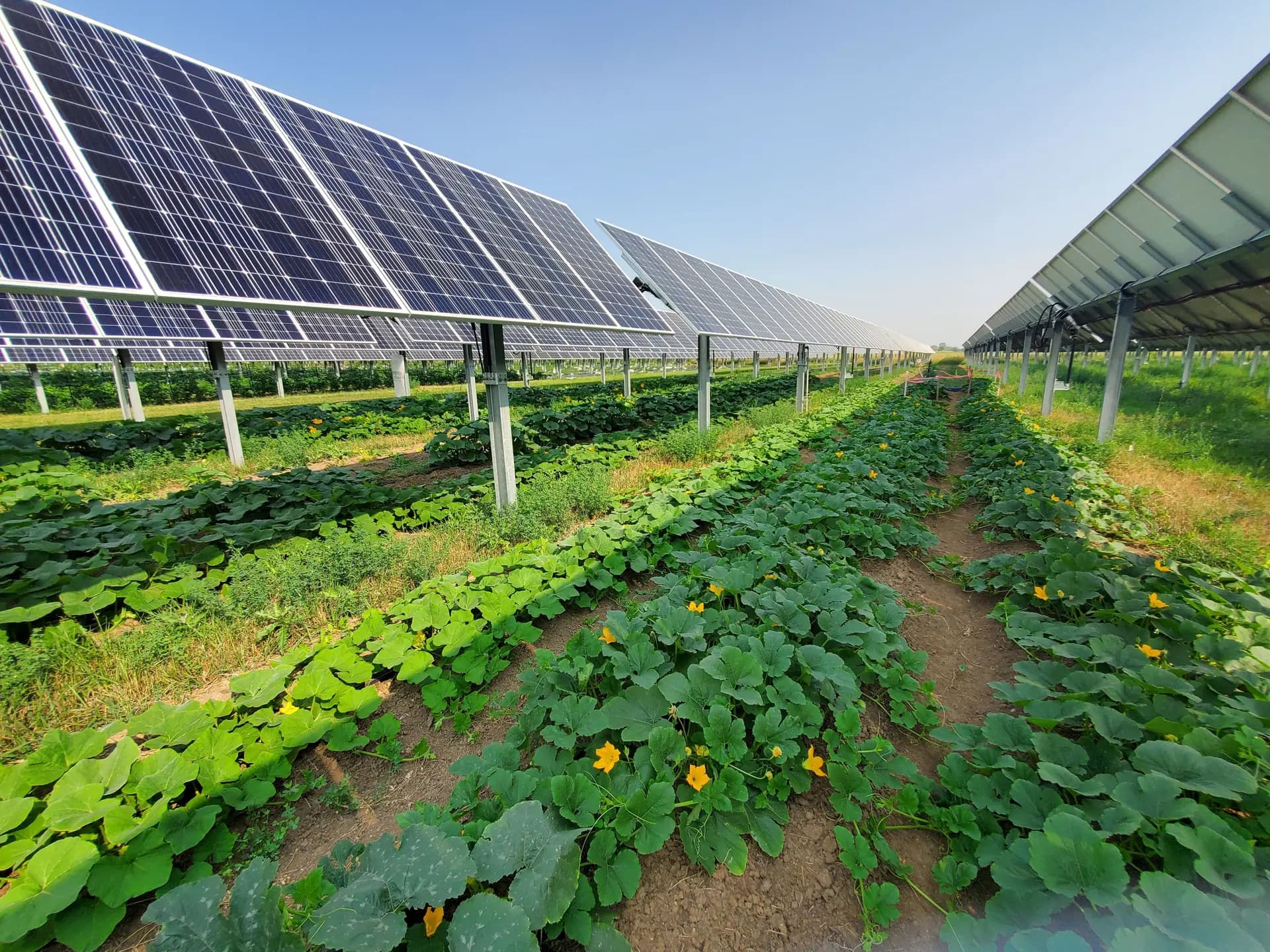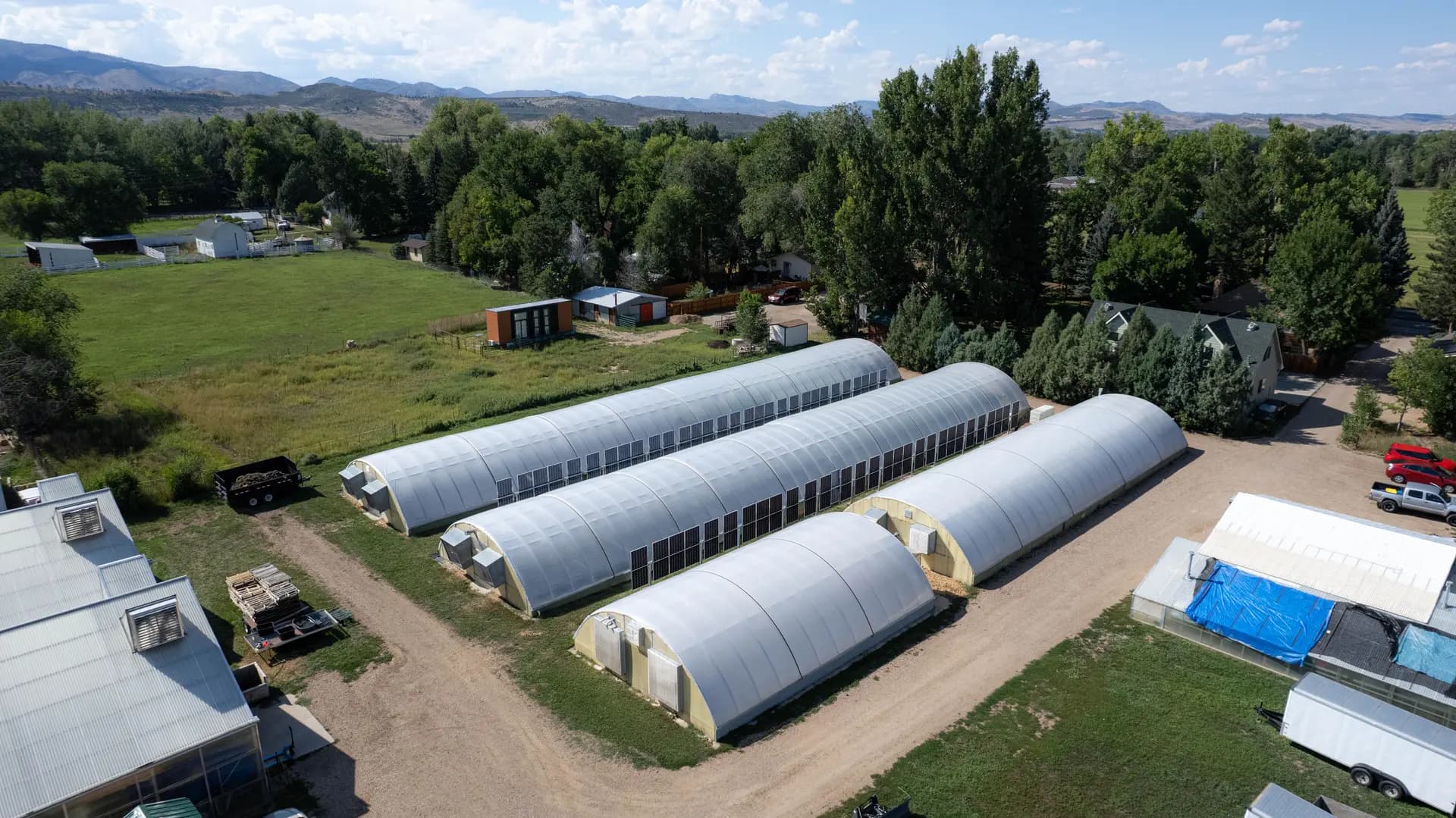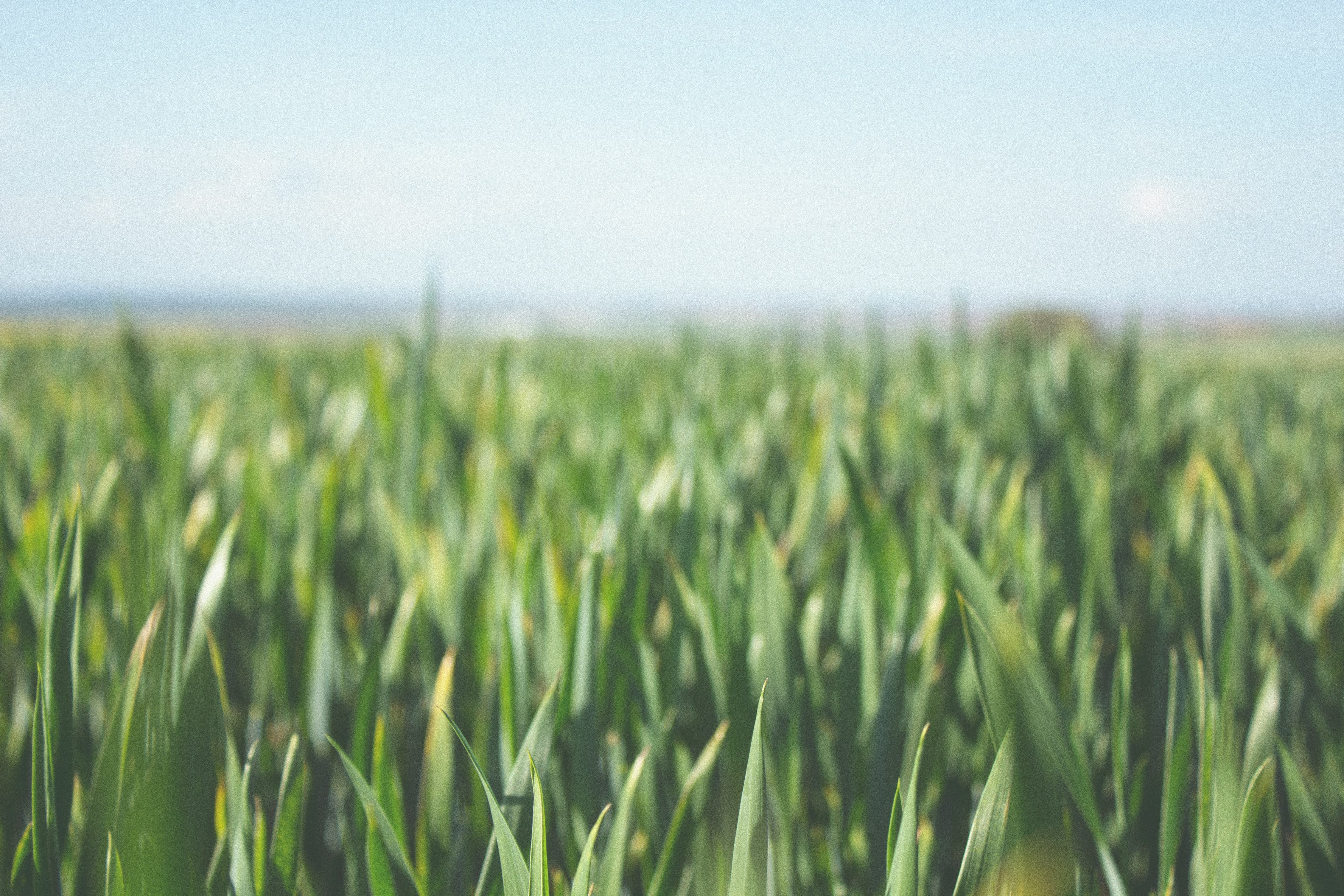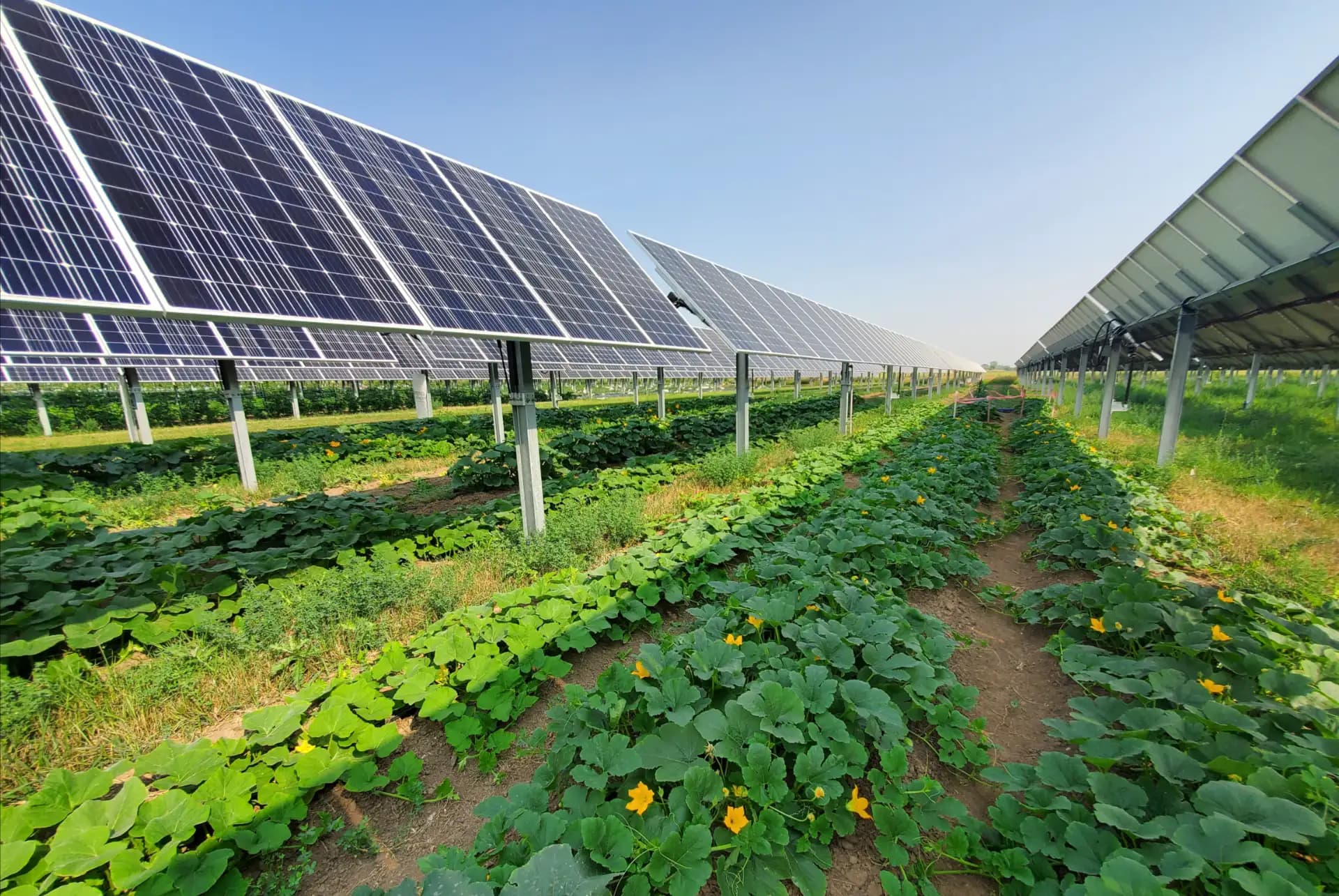The Growing Need for Agricultural Models
Why agricultural models exist, use cases, and limitations.
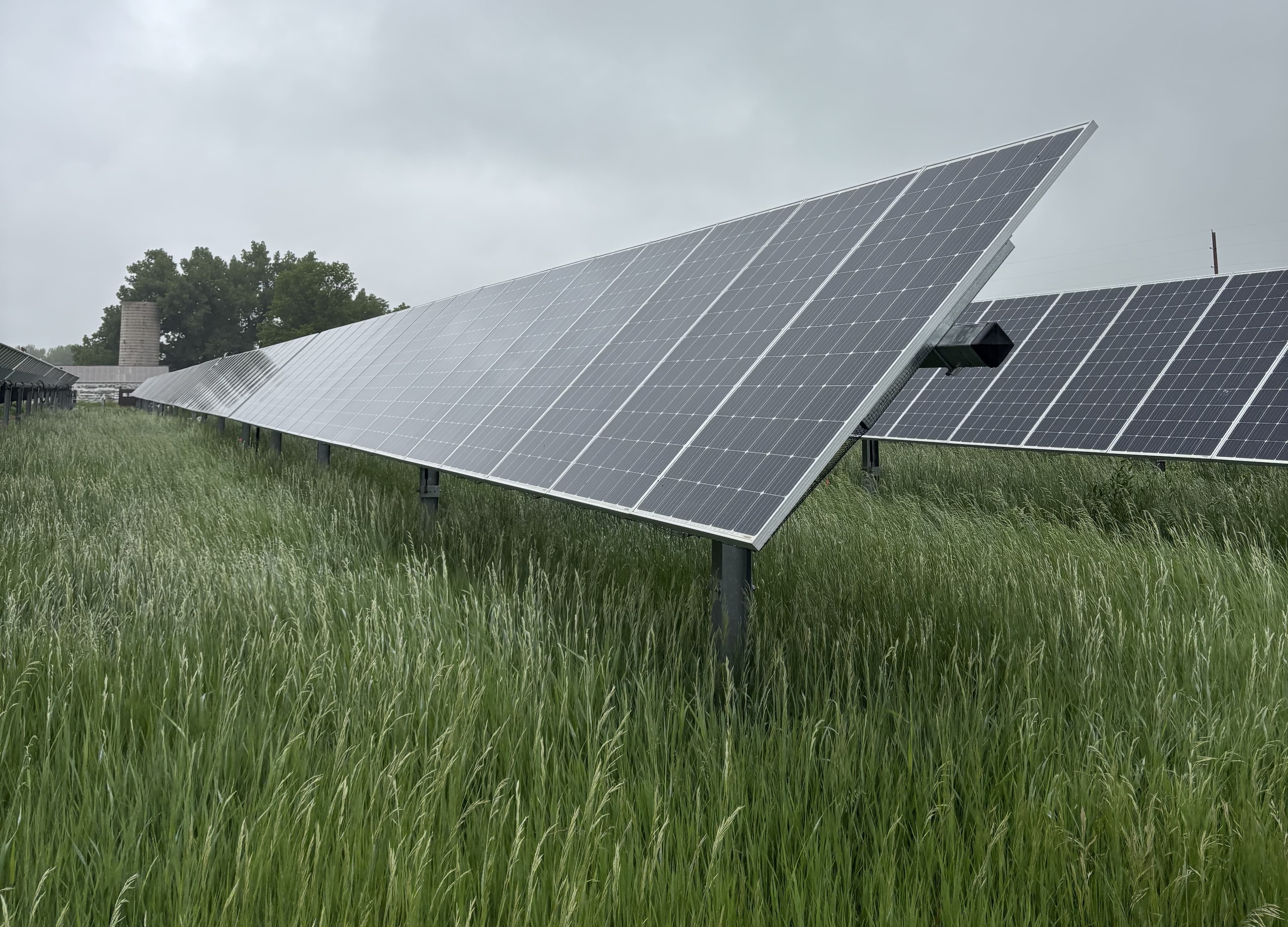
There are known knowns. These are things we know that we know. There are known unknowns. That is to say, there are things that we know we don't know. But there are also unknown unknowns. There are things we don't know we don't know. - Donald Rumsfeld
Models in Agriculture
As emphasized by Donald Rumsfeld, the world is full of knowns and unknowns; models approach the relationship between the knowns and unknowns of the world. Models can take two forms: a mechanistic approach or a non-mechanistic approach.
Mechanistic Models build upon known scientific laws of physics, chemistry, and biology. These models are calibrated to predict a system's behavior under varying conditions. Non-mechanistic models take the opposite approach, analyzing relationships and patterns from extensive data without a direct understanding of the underlying mechanisms. These models require large data sets and deep statistical analysis to be properly calibrated.
Use Cases for Agricultural Models
The SPADE software uses a mechanistic approach to model the light environment as a result of agrivoltaic development. Utilizing known sciences such as light analysis (ray tracing), environmental conditions (analysis of TMY, climate data), and the impact of varying photovoltaic configurations. The outputs of PPFD, DLI, and Irradiance give detailed insight into the experienced microclimate. Our tool is under constant development, revision, and calibration. Additional Agricultural models exist to simulate crop growth, soil and water management, climate adaptation, and farm management and decision support.
Limitations and Areas for Improvement
Models are wonderful tools to anticipate future events, but they have limitations: the ability to make predictions. Predictions are heavily based upon previous experience and knowledge of forecasters; models use previously recorded events to foretell future events. The future is always uncertain, projecting future events based upon previous data and laws opens up areas for uncertainty. While it would be wonderful to have a direct answer to the future, humans have not yet been able to tell what the future holds. This is where models are necessary. They collect the knowns of the universe to postulate unknown events. Models are widely accepted and used to adapt human behavior to our ever-changing world. Understanding the limitations of models is paramount to providing recommendations and conclusions.
The Future of SPADE
SPADE agrivoltaics possesses the unique ability to model and design limitless agrivoltaic solutions. As mentioned, we have calibrated the model to accurately illustrate the unique light environments experienced. We are working with additional models, such as the Decision Support System for Agrotechnology Transfer (DSSAT), to expand its capabilities. Integrating these two models to predict crop and soil responses to agrivoltaic projects. DSSAT is a non-mechanistic model that uses a wealth of scientific studies and data to simulate plant response from the soil-plant-atmosphere-management dynamics. We believe that adding DSSAT's capabilities to our software will provide the needed insight into environmental responses from agrivoltaic development.
The Future Role of Modeling Software in Agriculture
The future of agriculture relies on technology to improve the sustainability and efficiency of food production. Our world is constantly developing and growing at an astonishing rate, promoting the need for us to not only continue food production yet increase our yields. At Sandbox Solar, the developer of the SPADE software, we believe agrivoltaics is one piece of this puzzle. We understand the power that comes from generating electrical energy and food production on the same land. Dual-use scenarios open financial benefits to our economies and producers. Increasing land use intensity is one way agrivoltaics accomplishes this mission. Through our software, we encourage others to evaluate agrivoltaic operations worldwide.
Explore our beta app to get a basic understanding of our capabilities. Reach out to our team when you are ready to explore these options further. We are excited to be pioneering the agrivoltaic mission and hope you join us in our mission!
Article by Jack Donovan
